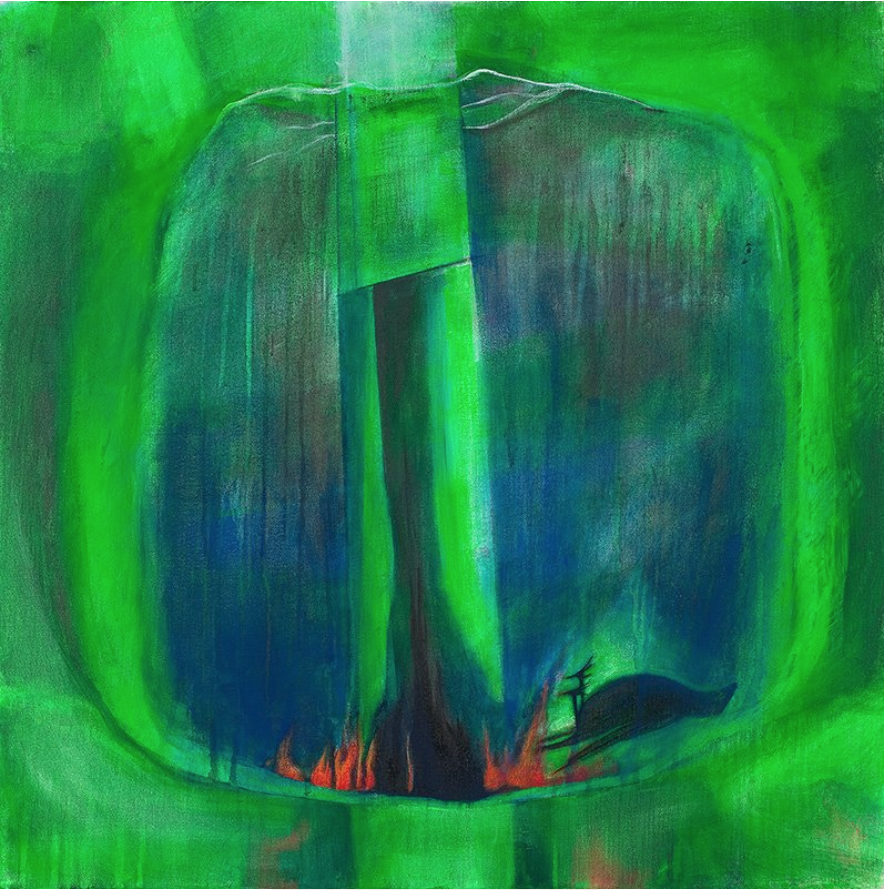Dust to Dust
Clouds of highly contaminated radioactive dust swirl around two nuclear plant disasters thousands of miles apart. The dust, stirred by powerfully destructive nuclear explosions, resulted from the triple meltdown of the Fukushima Daiichi nuclear plants in Japan in 2011 and the 1986 Chernobyl nuclear disaster in Ukraine.
Today, we unbelievably witness Russian troops, bowing to Putin’s heartless dictates, digging trenches, handling radioactive rotting machinery, and driving tanks through the highly contaminated “Red Forest” forbidden exclusion zone in Chernobyl. These soldiers had no idea about Chernobyl, the worst nuclear disaster of our lifetime. Tramping through the area without wearing any protective coating against radiation, they were not even dressed in essential winter gear. Recently, the Russian soldiers suddenly left the Chernobyl war zone. Many reports stated they had become ill with radiation sickness caused by inhalation of radioactive nuclides coming from the highly contaminated dirt and dust airborne by tramping soldiers’ feet. Every vital organ and system of their bodies are being affected.
Some years ago, I decided to create artwork referencing the dangers of nuclear experimentation. I had no idea where to begin, but after much research, I started with a pen and ink drawing of black plastic bags containing highly radioactive topsoil from Fukushima - the most radioactive place on Earth. Since the 2011 disaster, thousands of workers have been collecting contaminated soil, twigs, leaves, etc. from the area.
Currently at least 16 million bags of radioactive topsoil dot the exclusion zone surrounding the destroyed nuclear power plants. Unfortunately, there is no solution as to where to ultimately place those decaying bags!
Pen and ink drawing of black plastic bags containing radioactive soil in Fukushima, Japan. Each bag weighs one (1) ton.
Here are two other paintings from my Fukushima series…
This painting illustrates a dead bird inside a plastic bag. Toxic radioactivity emanating from nuclear disasters, uranium mining, and nuclear power and weapons’ waste impacts all species and plant life on Earth.
The tragic displacement of more than one hundred thousand (100,000) people in the Fukushima prefecture caused one woman to describe the plastic bags as filled with their tears.
The highly volatile situation in Ukraine, coupled with the nuclear threat from Putin, has put the world on edge and increased the possibility of a severe nuclear conflict. Furthermore, the shocking attack on the Chernobyl atomic power plants raises the distinct possibility that the necessary cooling of the existing fuel rods could cease – thus increasing the chance of an explosion worse than the original.
Summing up: In Chernobyl and in Fukushima the soil is contaminated and will be so for thousands of years. Both areas are and will continue to be deadly. The continuing maintenance of old nuclear power plants, and construction of new ones, should be off the table. Unfortunately, no solutions exist for the disposal of the highly radioactive waste - and other factors such as enormous costs and possible terrorist attacks clearly indicate the importance of renewables and alternative sources of energy. Imagine if Ukraine did not have to worry about the sabotage of its many power plants and had been focusing on less costly and dangerous ways to provide energy?
Art Tip
Painting of nuclear fuel rods using my fluorescent paints. The unique fluorescent blue is the color of Cherenkov radiation – when a radioactive particle travels faster than the speed of light in that media (in this case, in the water of the spent fuel pool).
Here is my art tip for today: The fluorescent paints I use in some of my paintings add a unique glow when needed and you can find fluorescent colors in all media. I used acrylic fluorescents in my Fukushima paintings because they capture the essence and duality of radioactivity – the color can be beautiful, and it is lethal. Be aware that sometimes you might have to do more than one coat to really get an effective sense of depth.
Good luck!
Mary Lou
p.s… to see more work from my “Nuclear” series, click here.
Nuclear Information (just a partial list of resources)




